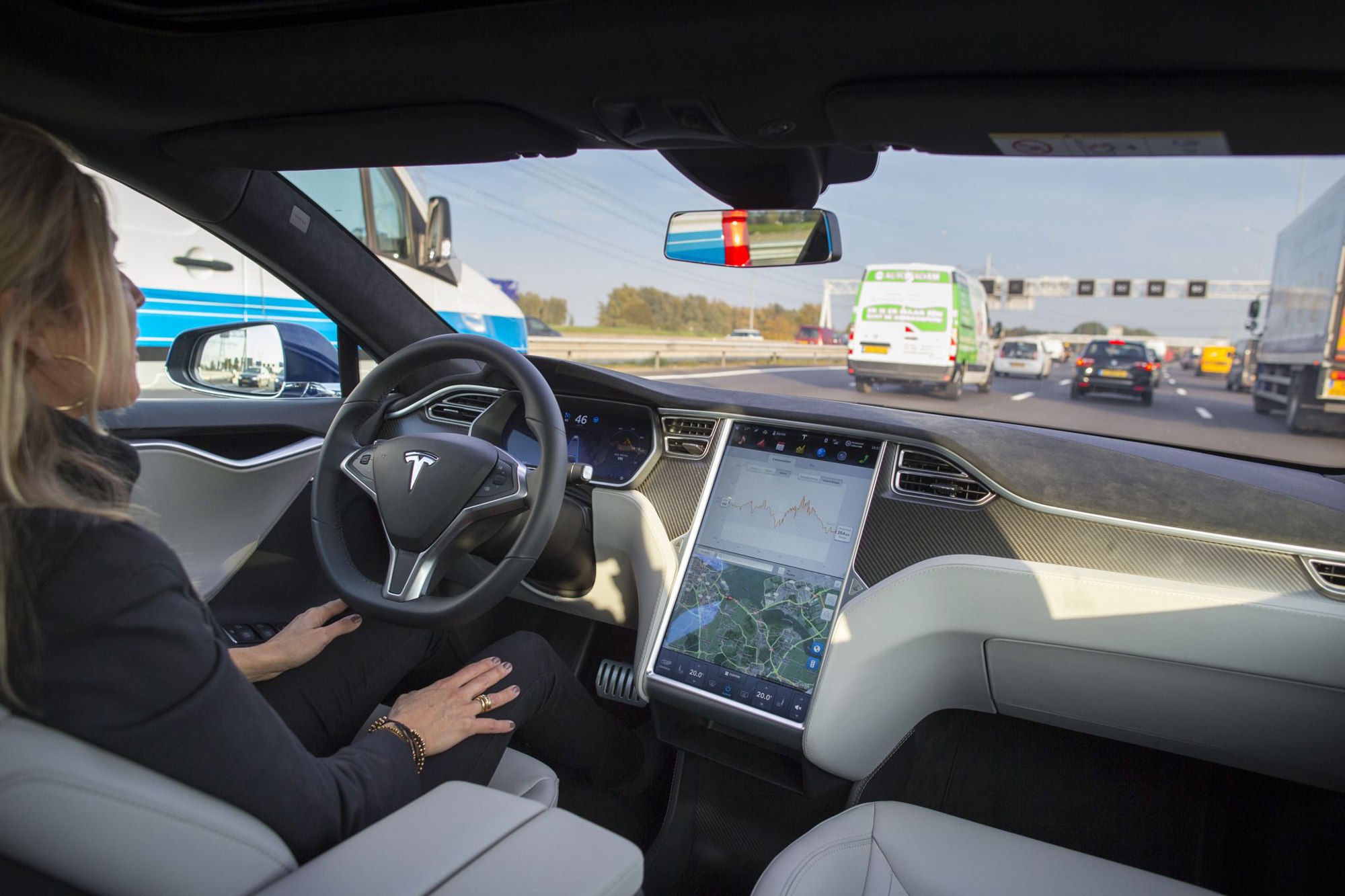At the June 2016 Paris Motor Show, one of the four major global auto exhibitions, Dieter Zetsche, CEO of Daimler AG, revealed the German automaker's new strategy expressed by an acronym CASE. C stands for "connected," meaning that the driver of a future car will be able to receive services from information networks by being connected with cloud computing networks; A for autonomous driving; S for "sharing and services" and E for electric vehicles.
These four letters brilliantly summarize a major revolution in the automobile industry from the viewpoint of carmakers. Connectivity is indispensable not only for improved safety, more comfortable driving, better drive management and more advanced car navigation, but also for autonomous driving and car sharing. The third letter, S, shows the industry's readiness to adapt to a shift of preference on the part of consumers form ownership to utility of motor vehicles. Electric cars, as indicated by the fourth letter, contribute not only to reducing carbon dioxide emissions and running cost of vehicles but also to simplifying the self-driving system.
But autonomous driving, the most crucial of the four elements in the revolution, has not been fully achieved, at least as of today. The National Highway Traffic Safety Administration (NHTSA), an agency of the United States Department of Transportation, has defined the levels of autonomous driving as follows:



